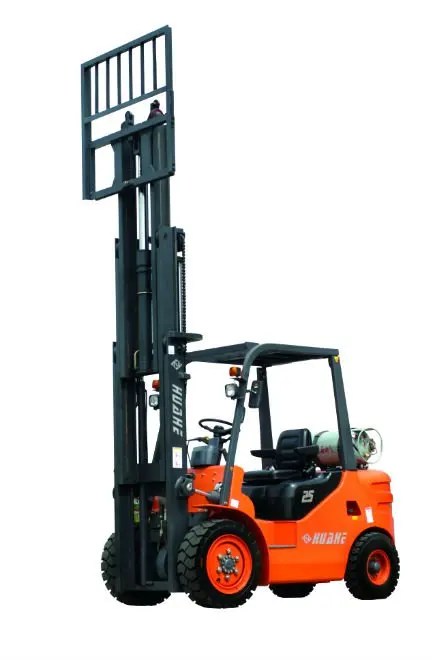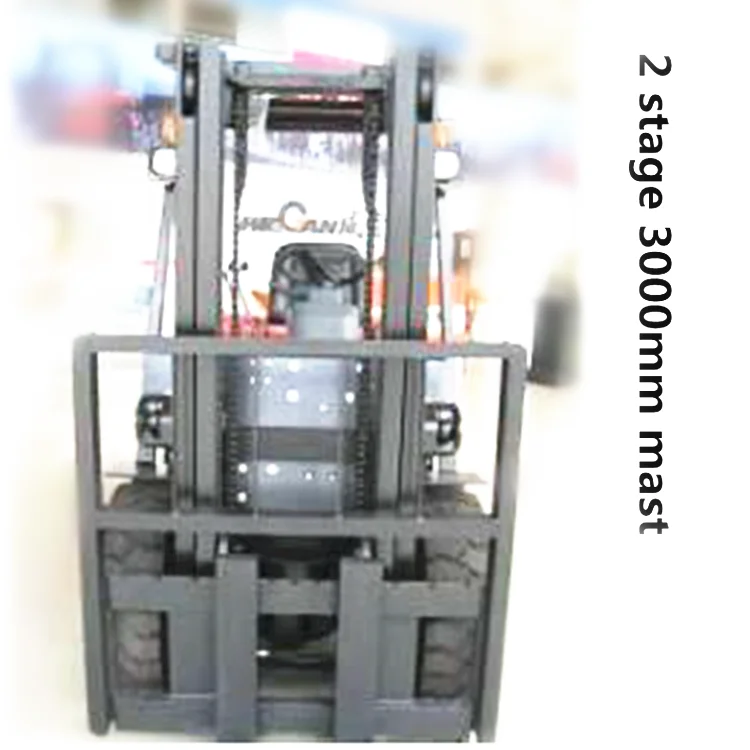

When the rails raise, the chains do as well, allowing the carriage and the forks to rise. The chain connects to a boss mounted to the inner mast rail.

#SINGLE STAGE FORKLIFT MAST SERIES#
This may be a forklift engineer adding shims behind the rollers to pack them out or brass wear plugs that can be adjusted easily to take up slack.Īs mentioned above, the fork carriage moves up and down and also has a series of rollers which run in the main mast channels.Equipment and Solutions Forklift Mast TypesĪ forklift’s mast performs the actual lifting of a load. Forklift capacities are usually less for a triple stage mast compared to a single stage.Īs masts wear with use, provision is made for adjusting the gap between the sections and rollers. A single stage mast has limitations on the lift height that can be achieved relative to it's overall height when closed and a triple stage mast can generally lift loads higher whilst still maintaining a low overall height when closed. Masts are known either as single, (simplex), or triple, (triplex) masts depending on how many sections rise. The lift chains are moved by hydraulic cylinder(s) known as the lift cylinder(s) and this action forces up the mast section which then provides a guide for the fork carriage to run in. It should be noted that the load that the forklift is lifting is not taken by the mast sections directly but by the lift chains. The other sections, (of which there may be one or two), are allowed to move up and down relative to the fixed sections and each other much like a telescope action. The mast has one stationary section which is usually attached to the front, (drive), axle of the forklift truck although there are alternative means of attaching it. The mast on a forklift truck is made up of a number of steel sections similar to the ones shown here, nested inside each other and allowed to move relative to each other by a series of rollers as can be seen in this picture. When I was training I used to refer to this area of a forklift truck as "the business end".

This section of the website deals with the forklift mast assembly, fork carriage and forks that are normally found on a lift truck.


 0 kommentar(er)
0 kommentar(er)
